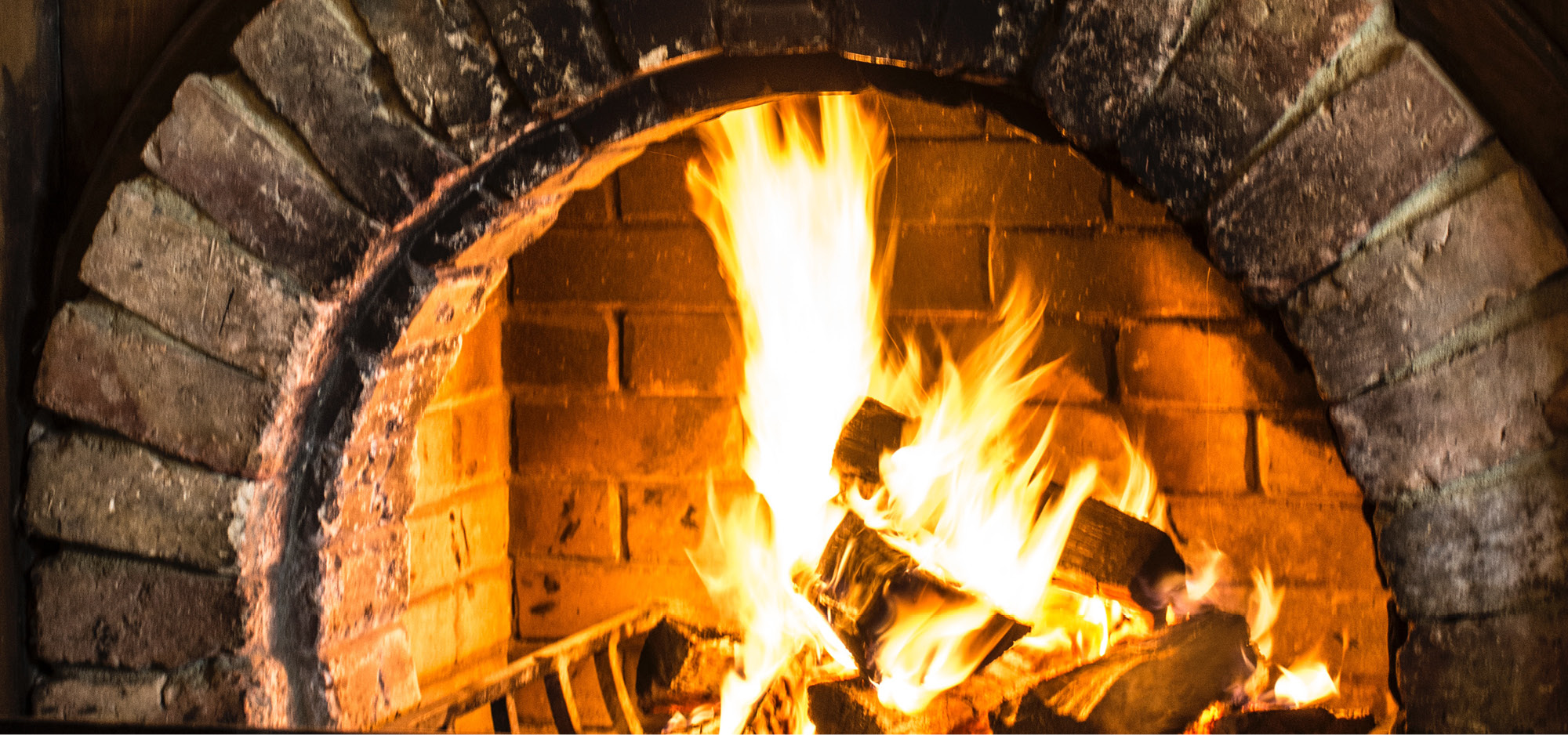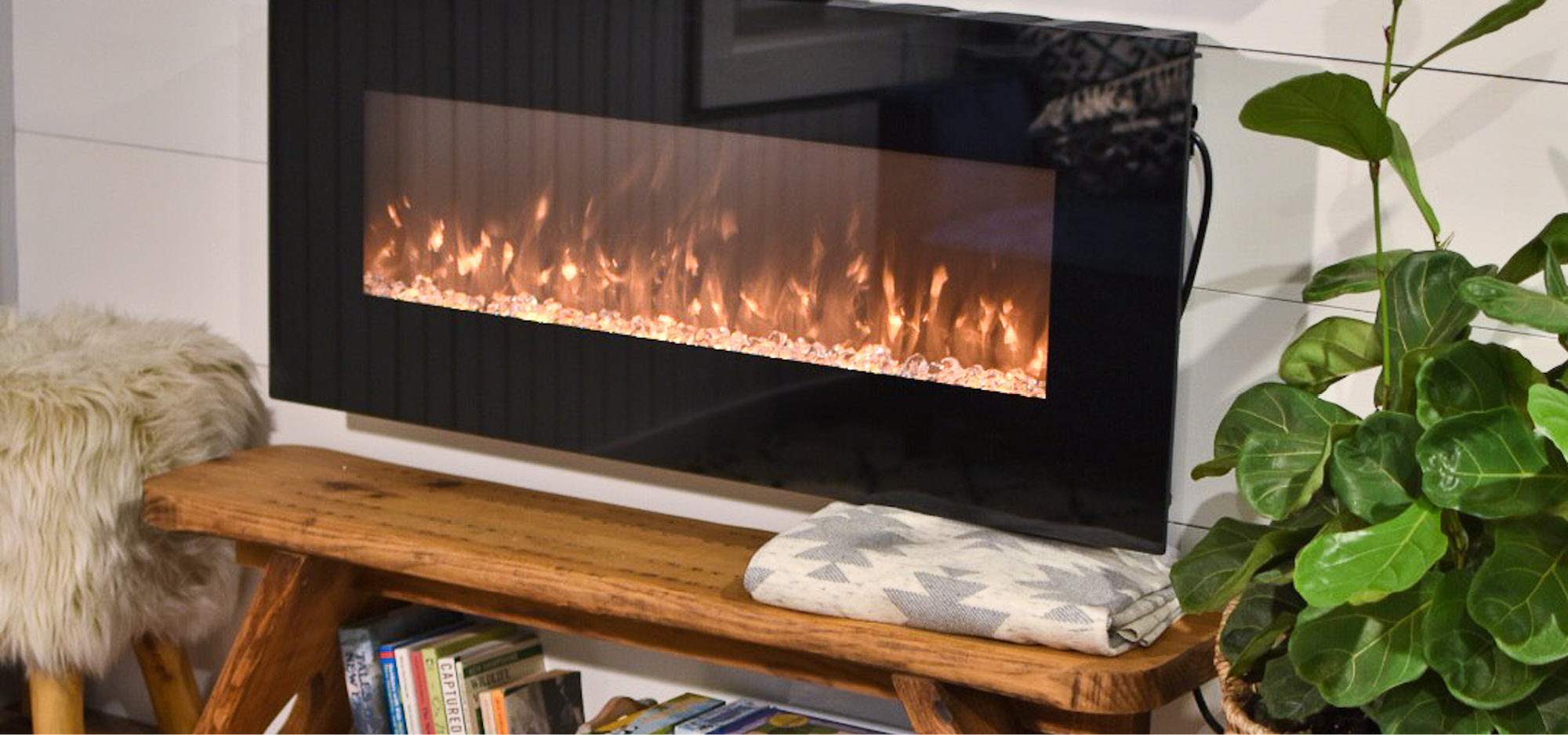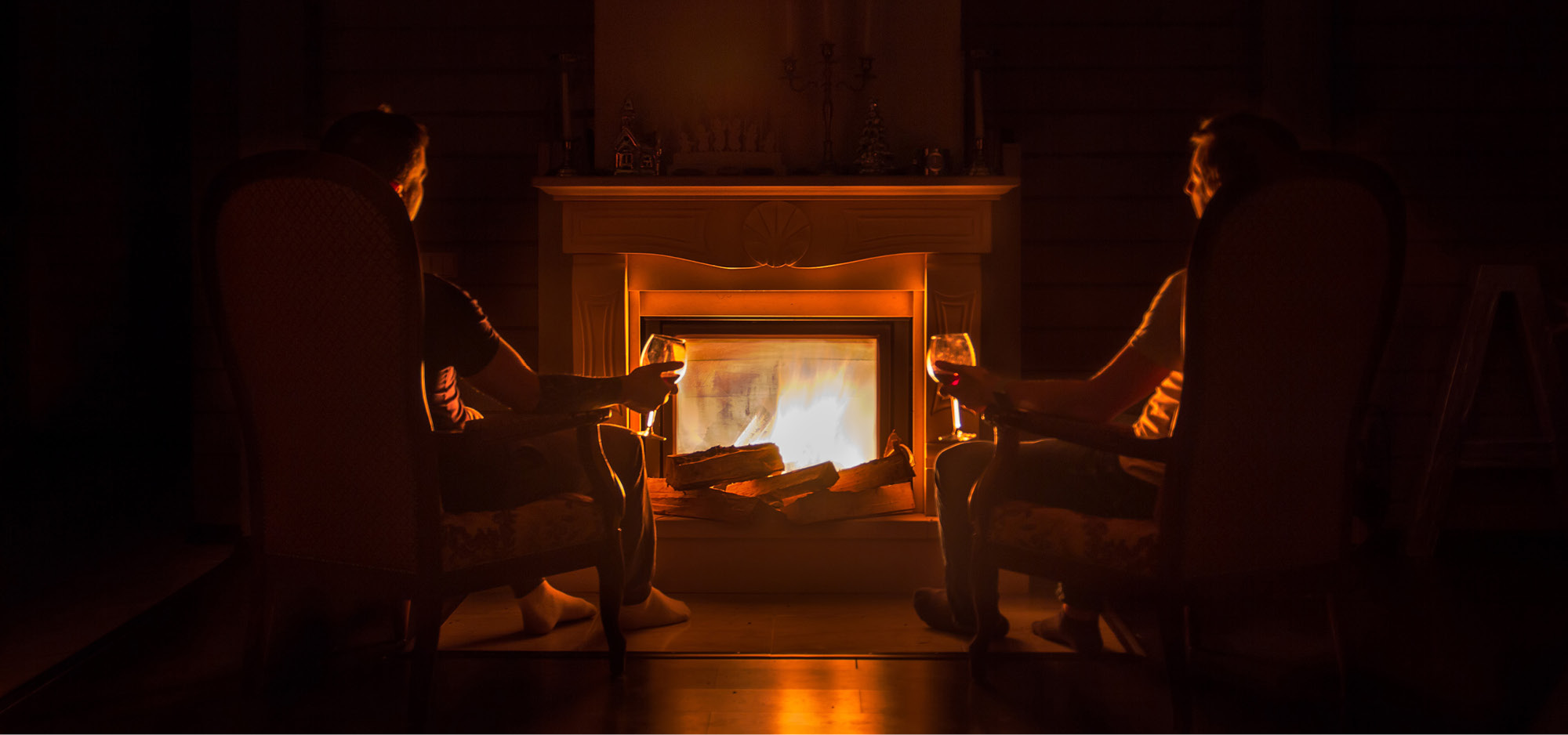Your Burning Questions About Fireplaces Answered

If you’ve purchased a home with an existing fireplace or are interested in installing one, there are a few things you should know. There are a handful of different fireplace types—each with its own unique maintenance and operating requirements—that homeowners need to be well-versed in for safety and cosmetic purposes.

Woodburning fireplace
Looking for a traditional type of fireplace? A woodburning version may be right for you. It requires a chimney (which adds on maintenance costs) and you’ll need to keep logs stored away in a dry place for burning.
TIP: Chimneys should be inspected and swept at least once a year.

Electric fireplace
An electric fireplace requires less maintenance than the woodburning variety, and it plugs into the wall similarly to a space heater. It doesn’t create flames or smoke, and therefore it does not require a chimney.
TIP: Electric is best for people who want to heat their home without the smell or air pollution of a real fire.

Gas fireplace
In a gas fireplace, natural gas is burned in place of wood. Most use artificial logs or stones in place of natural wood logs for a modern appearance. Ventless gas fireplaces do not require a chimney, though, for safety reasons, it’s best to stick with a vented option.
TIP: The best option for easy maintenance while keeping the appearance of a traditional fireplace.

Ethanol fireplace
An ethanol fireplace is one of the most modern types of fireplaces, with fuel being placed within burners inside the fireplace. Users can adjust the temperature and can choose from a variety of designs. Maintenance is easy, too: just replace fuel tanks as needed.
TIP: Easy installation and lightweight materials make this a great option for wall mounting.




